The honey badger is an adorable animal. As part of the weasel family, they honey badger is related to otters, ferrets, skunks, and other badgers. While many people have heard of this animal, not many know a lot of about it. Allow me to share these 10 awesome honey badger facts with you.
1. Their Names Come From Their Diet
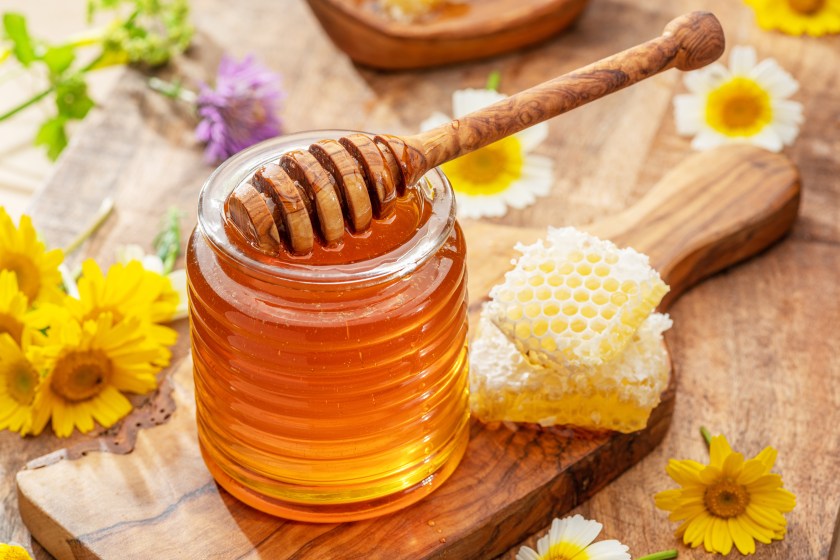
Shutterstock Image
Honey badgers get their unique name from their preferred diet. Honey badgers enjoy snacking on, surprise...honey! Although the real surprise is that the honey isn't what they are after. They are actually after the bee larvae in the honey.
2. They Have Something In Common With Skunks
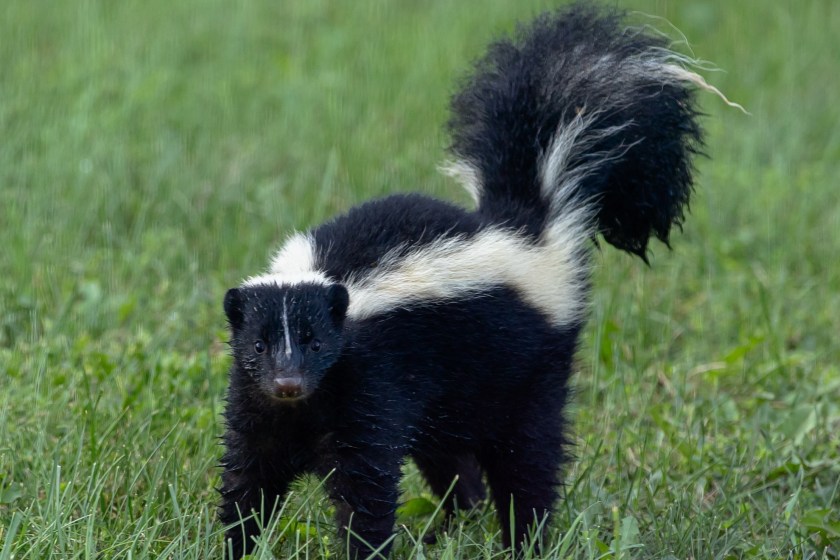
Shutterstock Image
Besides their similar fur and striping, the honey badger has another thing in common with the skunk. They also have a gland at the base of their tail, full of a stinky liquid. However, unlike the skunk, the honey badger drops this stink bomb rather than releasing a spray.
3.The Honey Badger Is A Formidable Opponent

Shutterstock Image
Despite its sweet name, the honey badger does not have a sweet disposition. The San Diego Zoo shares that the honey badger rarely starts a fight that it cannot finish. They have tough, loose skin that allows them to escape the clenches of opponents. Not to mention strong teeth and sharp claws.
4. Honey Badgers Thrive In Various Environments
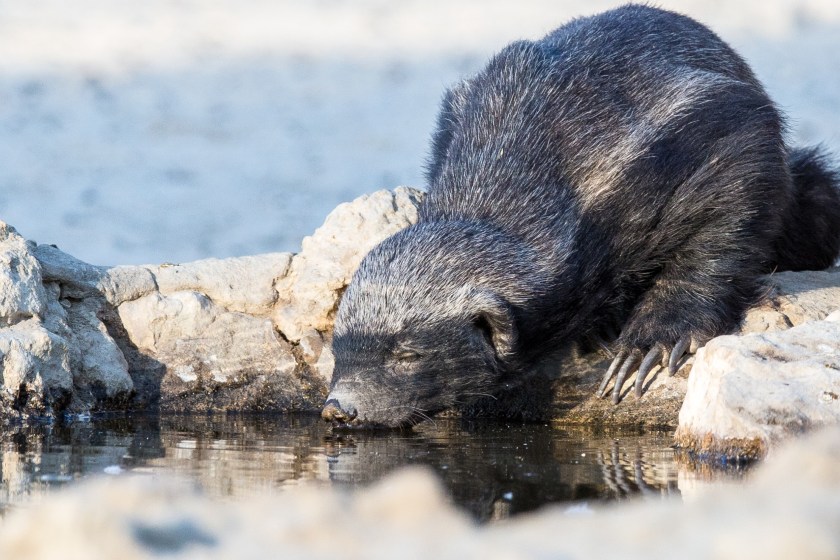
Shutterstock Image
Next up on our list of honey badger facts, is their adaptability. Honey badgers are native to parts of Africa and Asia, but can survive in various environments. While they are mostly found in dry environments they can survive in forests and grasslands as well. Additionally, they are great swimmers and can climb trees.
5. Honey Badgers Are Nocturnal
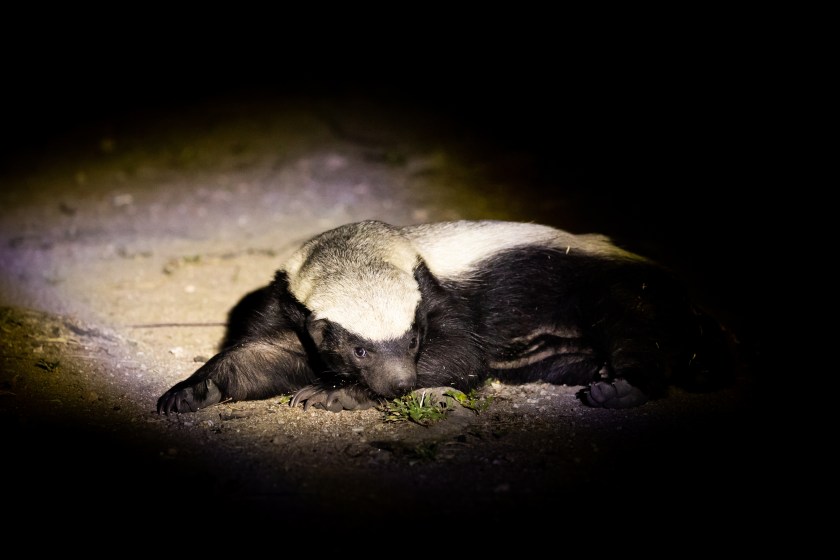
Shutterstock Image
One of the honey badger facts that most people don't know is that these critters are nocturnal. This means that they come out at night. During the day, they are curled up, snoozing away. This makes them harder to observe.
6. They Are Mostly Solitary Animals
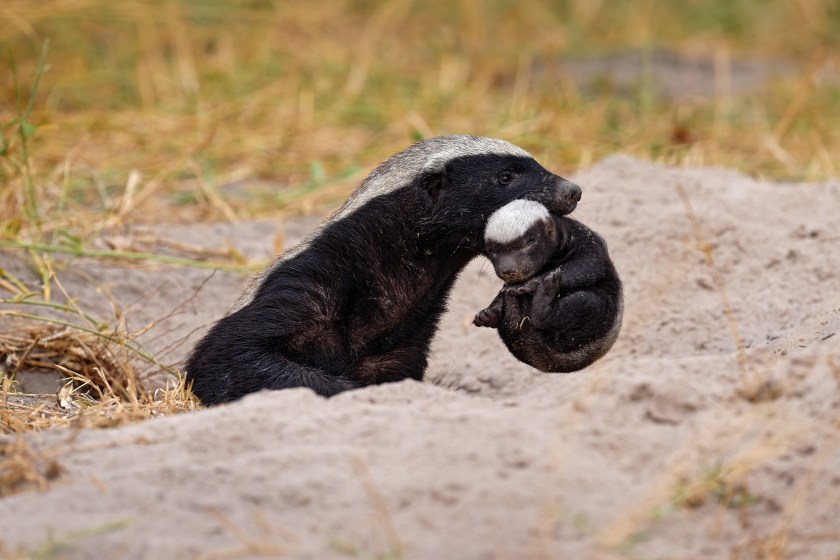
Shutterstock Image
Honey badgers are considered solitary animals, meaning they spend most of their time alone. However honey badgers take it to a whole other level. While they may meet up at foraging areas, the San Diego Zoo shares that "the female honey badger is left alone to give birth and raise her young." So she meets up with another badger to make the baby, and then is left to her own devices from there on out. Luckily, the honey badger mother is quite capable.
7. Honey Badgers Have A Partner In Crime

Shutterstock Image
Going back to their favorite sweet treat, honey, it turns out that these animals enlist the help of another to locate it. World Wide Experience shares that honey badgers have a special relationship with a small bird called the Honeyguide. True to its name, this bird scouts out beehives and then shouts to alert the honey badger to its location. From there, the honey badger break open the hive and feast on the honey, ensuring they leave some behind for their friend. It is the perfect partnership, the bird leads the honey badger to the honey and the honey badger opens the hive for the bird.
8. They Are Intelligent
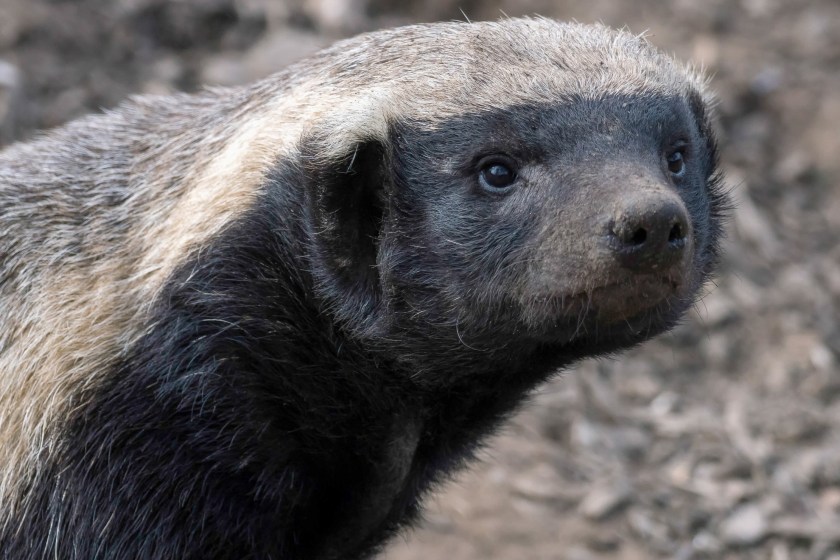
Shutterstock Image
Next on our list of honey badger facts we have their intellect. Brutish doesn't mean dim-witted, at least not in the case of the honey badger. They have been known to use tools and a research center in South Africa shared a video of them using tools, such as sticks and rakes, to plan an escape In the wild, they have been known to use rocks to smash open ostrich eggs, or sticks to poke into termite mounds.
9. They Have No Visible Ears
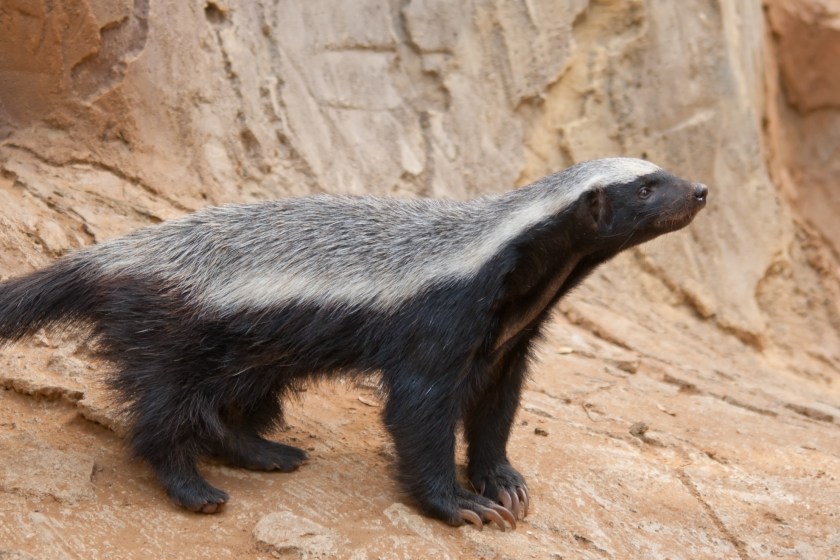
Shutterstock Image
Have no fear. Although you cannot see the honey badger's ears, they do have them. Instead of being prominent and out, their ears are tucked way "within the thick skin that is on the back of their head." This is so that their ears cannot be easily harmed or ripped off during a fight. Additionally, it makes burrowing easier for them as they have nothing sticking out. Having their ears tucked away does not diminish their incredible hearing.
10. Honey Badgers Are Highly Resistant To Snake Venom

Shutterstock Image
Last but not least on our list of honey badger facts we have this gem. Many people have the misconception that honey badgers are fully immune to snake venom. While that is not the case, they are highly resistant t0 it. They gained part of their resistance due to their diet. World Wide Experience shares that "Up to 25% of the honey badger's omnivorous diet is made up of venomous snakes." This constant exposure has helped them build up a tolerance to the venom. Additionally, their thick and loose skin helps their resilience as well. However they are not fully without symptoms. Sometimes, when they are bitten by a highly venomous snake they will lose consciousness for awhile. Although, if we were exposed to that much venom we would surely die. Scientists have found that the honey badger carries "molecular mutations that prevent the venom from entering the cells."




